Melton pays annual tribute to the ‘few’ with street parade
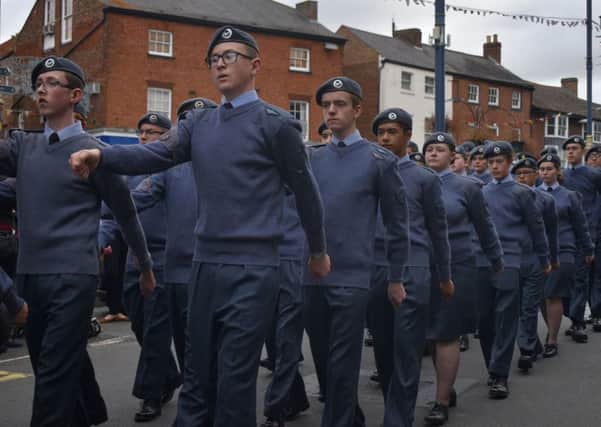

Those words spoken by Sir Winston Churchill in the summer of 1940 resonated strongly on Sunday as people lined the streets of Melton to pay their annual tribute to the brave pilots who took part in the Battle of Britain.
September 15 was a pivotal day when the German Luftwaffe sustained devastating losses in aerial combat with the RAF and Hitler’s plan to invade Britain was thwarted.
Advertisement
Hide AdAdvertisement
Hide AdExactly seventy-nine years on, the Melton Mowbray Toy Soldiers Band led a procession of serving and former air force personnel and young members of the 1279 (Melton Mowbray) ATC squadron from Chapel Street and through the town.
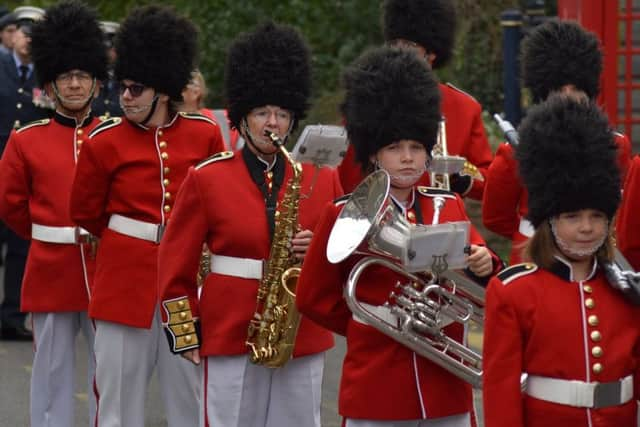

Brenda Cox, branch secretary of the Melton branch of RAFA, told the Melton Times: “It was a brilliant turnout - it was the best I’ve ever seen for it.
“We’ve always in the past done a short march through Nottingham Street to Memorial Gardens for the wreath-laying.
“But with the RAF celebrating its centenary last year we decided to go big because we wanted to do something like the Remembrance Day parade in the town.
Advertisement
Hide AdAdvertisement
Hide Ad“It is obviously very popular so I think we will be going big from now on every year.”
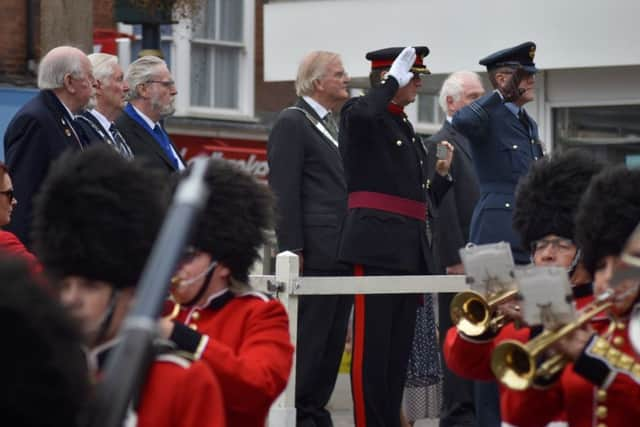

The parade, which also included standard bearers from the town branches of RAFA and the Royal British Legion, passed through King Street, Sage Cross Street, Sherrard Street and Leicester Street, accompanied by gentle applause from the many onlookers on a warm morning.
The party then turned left into Church Street for the traditional service of dedication St Mary’s Church, led by Rev Kevin Ashby.
Standards and wreaths were presented at the altar and after the service the procession re-formed in Burton Street before marching off into the Market Place, where the salute was taken by Sqn Ldr Stuart Gould.
Advertisement
Hide AdAdvertisement
Hide AdAlso in the reviewing party for the salute were Vice Lord-Lt Col Murray Colville, Mayor of Melton, Councillor Malise Graham, Senior Town Warden John Southerington and Melton RAFA Branch President, Hadge Jarvis.
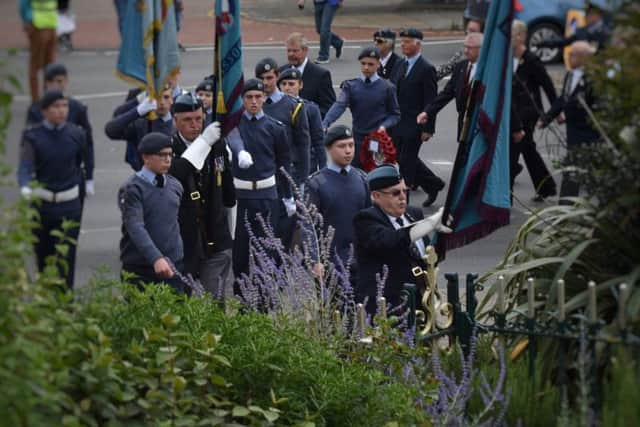

The parade continued down Leicester Street into the Memorial Gardens, where wreaths were laid by representatives of all the organisations taking part.
This service, in front of a large gathering of people, was led by RAFAC Padre John Hewer, with the Last Post and reveille being sounded before the parade was dismissed.
Volunteers march alongside the parade with collection buckets for the Wings Appeal, which provides welfare facilities to serving and ex-serving RAF personnel and their families.
Advertisement
Hide AdAdvertisement
Hide AdCollections were also made in the town centre in days leading up to the procession and early estimates suggest over £4,000 was collected from Melton people.
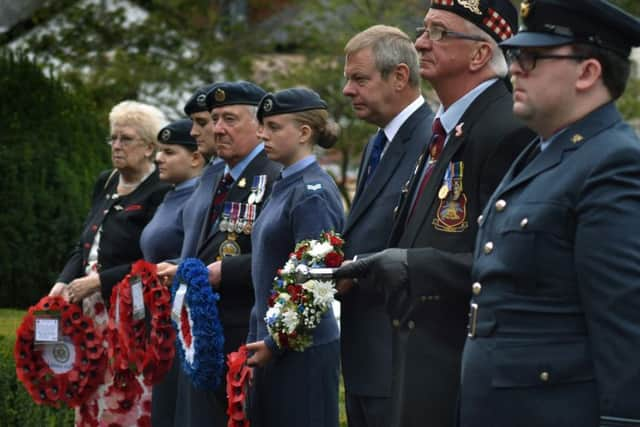

Mrs Cox added: “The Battle of Britain is special to many people.
“Residents in Melton raised money to pay for what became known as the Melton Spitfire during the war and we have a plaque which commemorates that at the RAFA club.
“In fact, the people of Melton raised enough to pay for six aeroplanes which is quite something.”
BATTLE OF BRITAIN FACTS:
Advertisement
Hide AdAdvertisement
Hide Ad* The battle came about when Hitler tried to gain control of the skies to enable an invasion of Britain codenamed Operation Sealion
* The German Luftwaffe outnumbered the RAF in terms of their aircraft by three to one
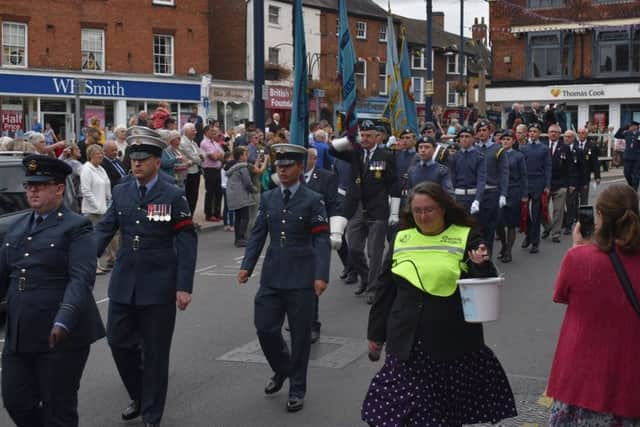

* On August 31, RAF Fighter Command suffered huge losses but recovered by September 15 to inflict decisive damage to the Luftwaffe force
* Most of the 3,000 RAF pilots were British but there many from New Zealand, Australia, Canada, South Africa, Rhodesia, Belgium, France, Poland, Czechoslovakia, United States and Ireland
Advertisement
Hide AdAdvertisement
Hide Ad* Two Polish and two Czech fighter squadrons were formed to bolster the RAF in the battle
* Average age of RAF pilots in the Battle of Britain was just 20
* In anticipation of a German invasion, 1.5 million older men were signed up to the Home Guard to defend Britain
* By seeing off the German air force the Allies were able to eventually regroup and launch an invasion of Europe four years later